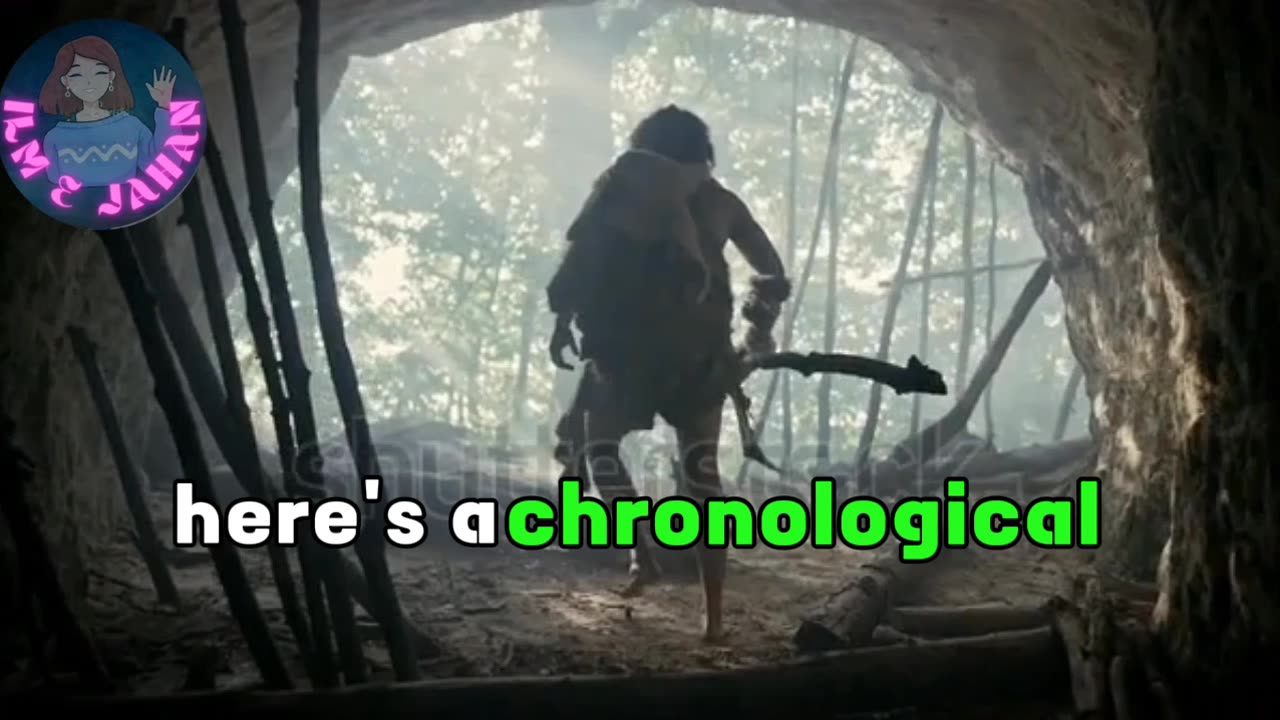Premium Only Content

New Insights from Ancient DNA Challenge Our Understanding of Human Evolution
For over two decades, anthropologists have been aware of the ancient occupants of Denisova Cave, a remote site nestled in the Siberian mountains, which once played host to Neanderthals and Denisovans, our distant ancestors. Archaeological excavations over the years have unearthed a treasure trove of relics dating back 300,000 years, from bones and teeth to stone tools and jewelry. However, a recent groundbreaking study published in the journal Nature has revolutionized our comprehension of human history, suggesting that not only did our forebears inhabit this cave but that modern humans may have also coexisted with these ancient relatives in the very same location.
Elena Zavala, an evolutionary anthropologist at Germany's Max Planck Institute and a co-author of the study, emphasized the significance of this revelation, stating, "we now have the first direct evidence for the presence of ancient modern humans at the site." Could this discovery imply that our ancestors mingled and interbred, thus influencing the course of our species and technological advancement?
The study hinges on an analysis of ancient DNA extracted from more than 700 soil samples collected from the cave floor across its three chambers. Astonishingly, a quarter of these samples contained hominin DNA, originating from minuscule fragments of human hair, skin, and even feces intermixed with the soil. Furthermore, DNA from ancient dogs, bears, hyenas, and horses was also detected. Crucially, the genetic material from all three hominin species—Neanderthals, Denisovans, and Homo sapiens—was discovered in soil layers dating from 45,000 to 22,000 years ago, strongly suggesting that these distinct human species coexisted within the cave's confines.
Katerina Douka, an archaeologist not affiliated with the study, expressed the profound significance of this revelation, remarking to Science that, "I cannot think of another site where three human species lived through time."
The implications of this discovery extend far beyond mere curiosity. When combined with previous insights, this revelation offers a deeper comprehension of the ancient human timeline. To contextualize this newfound knowledge, here's a chronological snapshot of the Denisova Cave's estimated history:
- 250,000 years ago: Denisovans first occupied the cave.
- 190,000 years ago: A climatic shift due to global warming led Neanderthals to arrive.
- 190,000 to 130,000 years ago: Denisovans and Neanderthals cohabited in the cave.
- 130,000 to 100,000 years ago: Neanderthals were the sole occupants.
- 100,000 years ago: A second population of Denisovans emerged, cohabiting with Neanderthals for approximately 78,000 years.
- 45,000 years ago: The first Homo sapiens arrived, with new evidence suggesting they lived alongside Denisovans and Neanderthals simultaneously.
The perplexing question that arises is why this particular cave was frequented by these early humans. Zavala pointed out that the cave's location at the convergence of what is believed to be the geographical boundaries of Denisovans and Neanderthals is intriguing. It is conceivable that this cave served as a stop along the migration route connecting Europe and Asia, drawing these ancient human populations back repeatedly over time.
-
 LIVE
LIVE
Graham Allen
2 hours agoDems Are The Party Of VIOLENCE!! + Gov Reopening Blocked AGAIN And Newsom IS Suing Trump!!
2,437 watching -
 LIVE
LIVE
Benny Johnson
38 minutes ago👑 Trump Crowned ‘MAGA King’ in Korea | Live Right Now With New Jersey’s Next REPUBLICAN Governor...
2,526 watching -
 LIVE
LIVE
Badlands Media
4 hours agoBadlands Daily: October 29, 2025
2,088 watching -
 LIVE
LIVE
Matt Kohrs
9 hours agoStock Market Open: Fed Rate Decision Day! || Live Trading FOMC
527 watching -
 LIVE
LIVE
Wendy Bell Radio
5 hours agoBurning Down The House
7,267 watching -
 LIVE
LIVE
Total Horse Channel
13 hours ago2025 IRCHA Derby & Horse Show - October 29th
37 watching -
 1:07:54
1:07:54
Chad Prather
15 hours agoHow to Keep Your Peace When Your World Falls Apart!
45.9K20 -
 LIVE
LIVE
LFA TV
12 hours agoLIVE & BREAKING NEWS! | WEDNESDAY 10/29/25
3,095 watching -
 1:24:42
1:24:42
Crypto Power Hour
13 hours ago $0.05 earnedOG Anonymous & NFT Expert Jeremy Ryan aka NFT Demon
40.2K7 -
 26:01
26:01
Lady Decade
19 hours ago $0.02 earnedIs the Atari Jaguar worth playing in 2025 !?
19.7K11